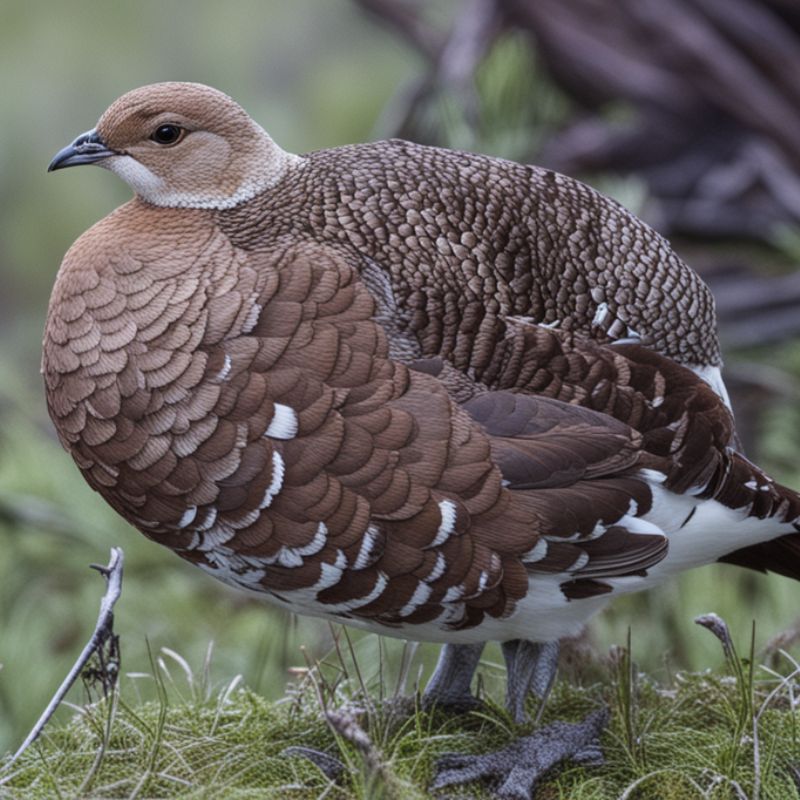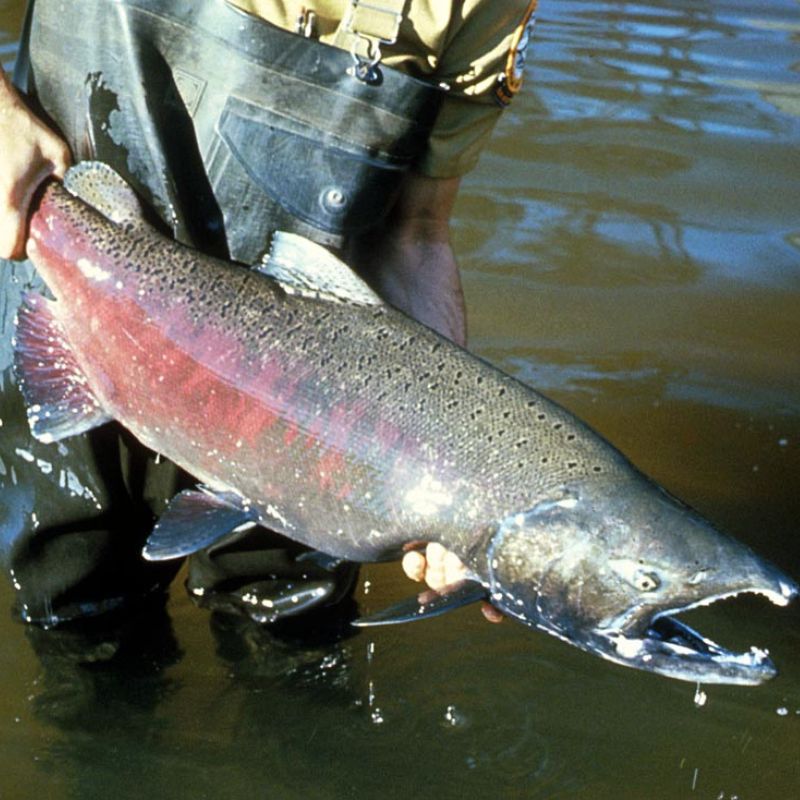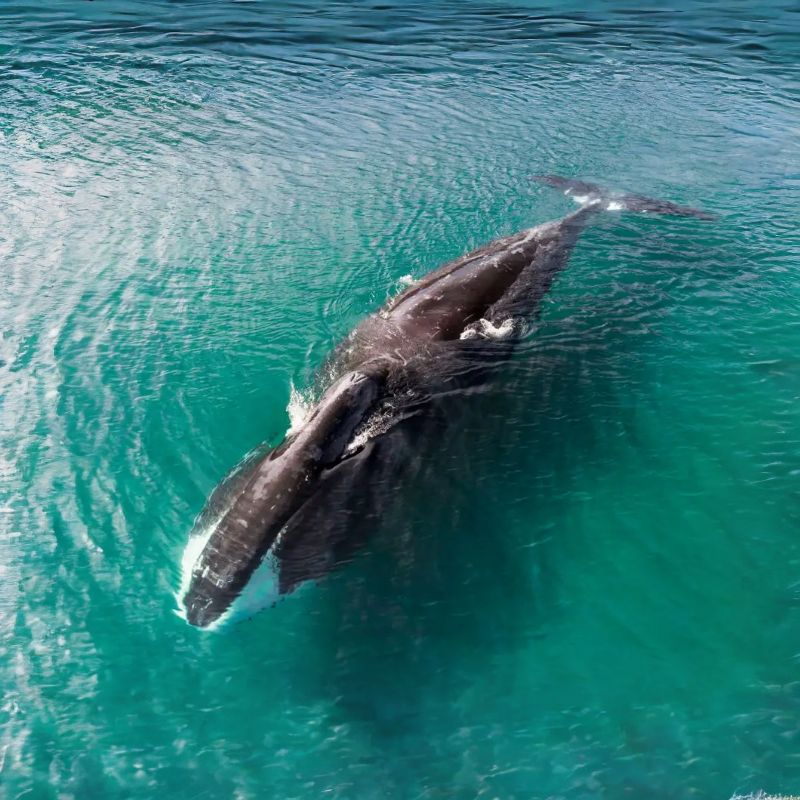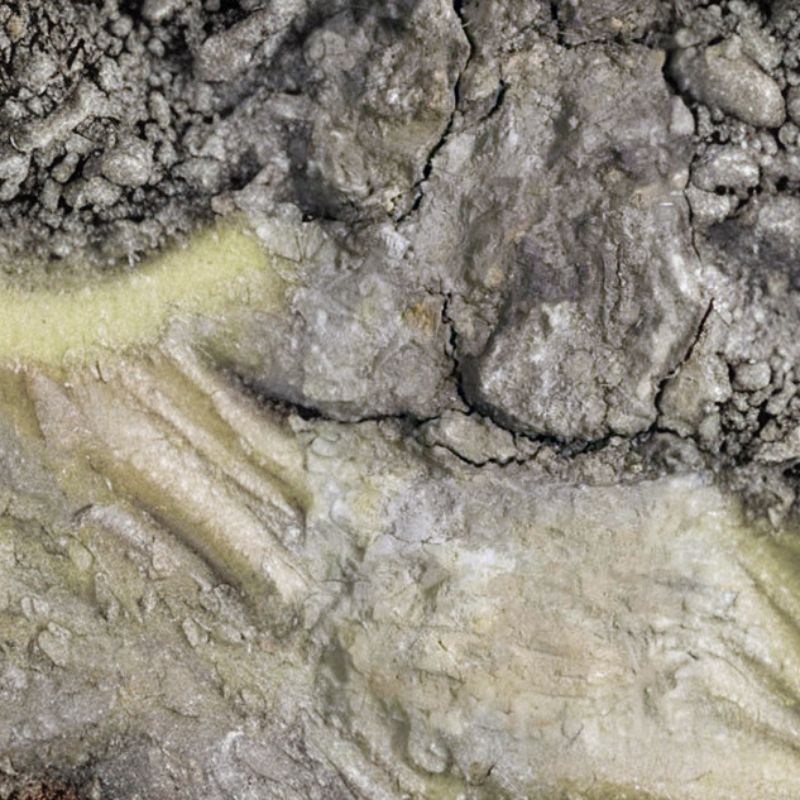Explore the Fascinating History of Alaska
Take our Alaska Trivia Quizzes for a Chance to Win a 6-Month Subscription to History By Mail!

The History of Alaska
Journey Through Alaska's History and Trivia
Welcome to our Alaska history and trivia page, presented by History By Mail. Join us as we embark on a fascinating journey through the captivating past and diverse cultural heritage of the Last Frontier. From the indigenous peoples who have inhabited these lands for thousands of years to the intrepid explorers who braved the harsh wilderness, we'll delve into Alaska's hidden gems and challenge your knowledge with entertaining quizzes. Let's dive into Alaska's history and trivia together.
The State of Alaska is a mesmerizing place with a storied history and a remarkable blend of cultures. From its rich Native Alaskan heritage to the Klondike Gold Rush and the pioneering spirit of the Iditarod Trail, Alaska has played a pivotal role in shaping the narrative of the American West. Today, the state boasts awe-inspiring glaciers, pristine national parks, and resilient communities thriving amidst rugged beauty.
The State of Alabama is an enchanting place with a storied history and a unique blend of cultures. From its indigenous peoples and early European explorers to pivotal moments in the Civil Rights Movement and the birth of iconic musicians, Alabama has left an indelible mark on the tapestry of American history. Today, the state boasts breathtaking natural landscapes, thriving cities, and warm-hearted inhabitants.
Facts about Alaska
State Name: Alabama
State Abbreviation: AL
State Abbreviation: AK
Capital: Juneau
Name Origin: Alaska’s name comes from the native Aleut word Alyeska, or Aláxsxaq, which roughly means “great land.”
Nickname: The state is commonly called “The Last Frontier" or “Land of the Midnight Sun"
Statehood: January 3, 1959 (49th State)
State Motto: North to the Future
State Motto: "Audemus jura nostra defendere," which is Latin for "We dare defend our rights."
Alaska's Flag
The Alaska state flag was officially adopted on May 2, 1927, and features a navy blue field with eight gold stars arranged in the shape of the Big Dipper and the North Star. The Big Dipper is a prominent constellation visible in the Alaskan sky, while the North Star symbolizes Alaska's position as the northernmost state. The flag's blue background represents the sky and the sea, which are integral parts of Alaska's natural beauty and resources. The gold stars reflect Alaska's connection to the gold rush era and its status as "The Last Frontier." This iconic flag proudly represents Alaska's unique geography, history, and spirit of exploration.
Alaska's Great Seal
The seal's composition encompasses numerous representations of the state's economic endeavors and abundant natural resources. It features elements such as the aurora borealis, icebergs, railroads, agriculture, fishing, and mining. Encircling the perimeter are the inscriptions "The Seal of the State of Alaska," accompanied by depictions of a fish and two seals.

--- State Trivia #1 ---
History of Alaska
In 1741, Vitus Bering, a Danish explorer working for the Russians, along with Alexei Chirikov, made a significant discovery, reaching the Alaskan mainland and exploring the Aleutian Islands. By 1867, Alaska, a vast landmass equivalent to one-fifth of the continental U.S., remained largely unexplored. However, Secretary of State William Seward orchestrated its purchase from Russia for $7,200,000. On October 18, 1867, the transfer of the territory to the United States took place. Despite being acquired at an average rate of about two cents an acre, the purchase was widely mocked as "Seward's Folly." The initial official census in 1880 recorded a total population of 33,426 Alaskans, with all but 430 of them being of indigenous ancestry. The Gold Rush of 1898 triggered a massive influx of over 30,000 people, and since then, Alaska has contributed billions of dollars' worth of products to the U.S. economy.
In 1968, an extensive oil and gas reservoir near Prudhoe Bay on the Arctic Coast was discovered. The Prudhoe Bay reservoir, estimated to contain 10 billion barrels of recoverable oil and 27 trillion cubic feet of gas, is the largest oil field in North America. The Trans-Alaska pipeline, completed in 1977 at a cost of $7.7 billion, stretches 800 miles from Prudhoe Bay to the port of Valdez, facilitating the flow of oil.
Fisheries, wood and wood products, furs, and tourism are other significant industries in Alaska.
Denali National Park and Mendenhall Glacier in the North Tongass National Forest are notable attractions, as is the extensive totem pole collection at Sitka National Historical Park. Katmai National Park encompasses the "Valley of Ten Thousand Smokes," an area dotted with active volcanoes.
The Alaska Native population comprises Eskimos, Native Americans, and Aleuts. Eskimos are the largest group, representing about half of all Alaska Natives. Inupiat and Yupik are the primary Eskimo groups, distinguished by their language and geographical regions. Inupiat reside in the northern and northwestern parts of Alaska, speaking Inupiaq, while Yupik inhabit the southern and southwestern areas, speaking Yupik.
Approximately one-third of Alaska Natives are Native Americans, with major tribes such as the Alaskan Athabaskan located in the central part of the state, and the Tlingit, Tsimshian, and Haida residing in the southeast.
The Aleuts, native to the Aleutian Islands, Kodiak Island, the lower Alaska and Kenai Peninsulas, and Prince William Sound, are both physically and culturally connected to the Eskimos. Aleuts comprise about 15% of the Alaska Native population.
On March 24, 1989, the oil tanker Exxon Valdez struck a reef in Prince William Sound, causing a catastrophic spill of 11 million gallons of crude oil, affecting 1,500 miles of coastline. The extensive cleanup effort lasted over three years.
During the 2008 presidential elections, Sarah Palin, Alaska's first female governor, was selected as Republican candidate John McCain's running mate, becoming the GOP's first female candidate for vice president. However, Palin and McCain were defeated by the Democratic ticket of Barack Obama and Joe Biden.
In August 2015, President Barack Obama restored the native Alaskan name "Denali" to Mount McKinley, honoring the local heritage.
State Symbols
Fun Facts
- The temperature in northern Alaska dropped to -80ºF in 1971, marking the coldest temperature ever recorded in the United States.
- Alaska is called the Land of the Midnight Sun because for over two months in the summer, in the northernmost part of the state, the sun doesn’t set at all!
- The aurora borealis, also known as the Northern Lights, are bands of brightly colored light that dance across the night sky. They’re caused by electrically charged particles from the sun that collide with gases in our atmosphere.
- Try a bite of aqutak, or Eskimo ice cream—a mix of seal oil, animal fat, snow, and wild Alaskan berries."
--- State Trivia #2 ---

Things To Do in Alaska
- Explore Denali National Park: Visit the iconic Denali National Park and Preserve, home to the highest peak in North America, Mount McKinley (Denali). Take a guided tour or hike along the park's scenic trails, spot wildlife like grizzly bears and moose, and enjoy breathtaking views of the Alaska Range.
- Cruise the Inside Passage: Embark on a memorable cruise along Alaska's Inside Passage, a stunning coastal route lined with fjords, glaciers, and picturesque towns. Sail through Glacier Bay National Park or Tracy Arm Fjord, where you can witness calving glaciers and spot whales, sea lions, and eagles.
- Experience the Northern Lights: Venture into the dark night skies of Alaska to witness the awe-inspiring spectacle of the Northern Lights (Aurora Borealis). Head to places like Fairbanks or Anchorage during the winter months for a chance to see this mesmerizing natural phenomenon dance across the sky.
- Visit the Mendenhall Glacier: Located near Juneau, the Mendenhall Glacier is a must-see attraction. Take a hike to get up close to this magnificent glacier, or take a boat tour to admire its icy beauty from the water. Don't forget to visit the Mendenhall Glacier Visitor Center to learn more about this impressive natural wonder.
- Explore the Kenai Fjords National Park: Discover the stunning coastal landscapes of Kenai Fjords National Park, located near Seward. Take a boat tour to witness towering glaciers, spot marine wildlife like whales and sea otters, and marvel at the rugged beauty of the fjords. You can also go kayaking, fishing, or hiking to fully immerse yourself in this pristine wilderness.

General Map of Alaska
Alaska, known as "The Last Frontier," is located in the northwestern part of the United States. It boasts a vast and diverse geography, with awe-inspiring natural wonders at every turn.
Famous People From Alaska
--- State Trivia #3 ---
FREQUENTLY ASKED QUESTIONS (FAQ) ABOUT ALASKA
Alaska is a state in the United States, situated in the extreme northwest of North America. It shares borders with Canada's Yukon and British Columbia to the east and is separated from the contiguous United States by the Canadian provinces of British Columbia and the Yukon.
Juneau is the capital city of Alaska. It is located in the southeastern part of the state and is not accessible by road from the rest of Alaska or the contiguous United States.
Alaska is the largest state in the United States by area, covering approximately 663,267 square miles (1,717,856 square kilometers). It is more than twice the size of Texas, the second-largest state.
Alaska is one of the best places in the world to witness the Northern Lights (Aurora Borealis). The best time to see them is during the winter months when the nights are longest and skies are darkest. Fairbanks and other northern regions of the state are popular spots for Aurora viewing.
Related Resources
- Official Website of the State of Alaska: The official website provides information about the state government, services, tourism, and more. Visit: https://alaska.gov/
- Alaska Department of Commerce, Community, and Economic Development: This department oversees various aspects of Alaska's economy, community development, and regulation. Visit: https://commerce.alaska.gov/
- Alaska Division of Tourism: Discover Alaska's attractions, outdoor adventures, events, and plan your visit to the state. Visit: https://www.travelalaska.com/
- Alaska Historical Society: Learn about Alaska's history, find resources for historical research, and explore preservation efforts. Visit: https://alaskahistoricalsociety.org/
- Alaska Department of Natural Resources: Explore Alaska's vast natural resources, including parks, trails, land management, and conservation initiatives. Visit: http://dnr.alaska.gov/
<< Alabama | Home | Arizona >>





